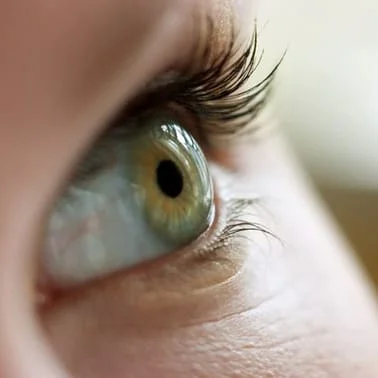Definition
Patients with diabetes are at risk for diabetic retinopathy. Diabetic retinopathy is damage to the retina caused by diabetes. Both type I and type II diabetics are at risk for retinopathy. It affects up to 80% of people who have had diabetes for 10 years or more, and if untreated, can eventually lead to blindness.
Symptoms Diabetic retinopathy often has no warning signs or symptoms. For this reason, all diabetics must have yearly eye examinations. Abnormal blood vessels can form in the retina, bleeding and leading to blurred or distorted vision. Dr. Hargrave can detect these abnormal blood vessels in the back of the eye before they bleed so they can be treated to prevent visual loss.
Risk Factors All people with diabetes (both type I and type II) are at risk for diabetic retinopathy. The longer a person has diabetes, the higher the risk of developing diabetic retinopathy. It is recommended that all pregnant women with diabetes have a dilated eye exam every trimester.
Treatment It is best to try to prevent the development of diabetic retinopathy with well-controlled blood sugars. Mild-moderated diabetic retinopathy can be monitored by routine examination. Laser treatment, intra-ocular injections and intra-ocular surgery are reserved for advanced/progressive diabetic retinopathy.



